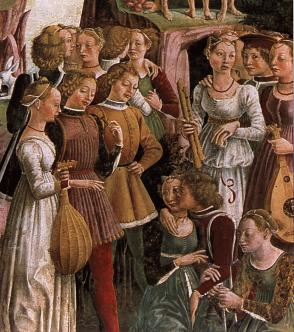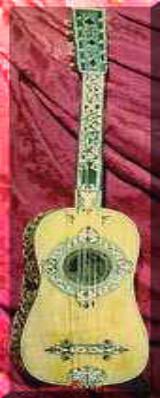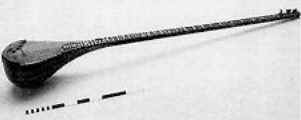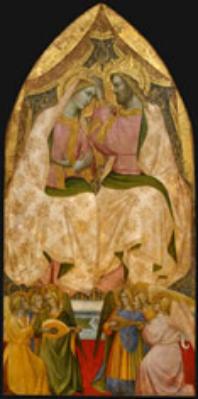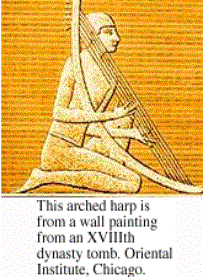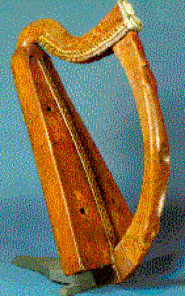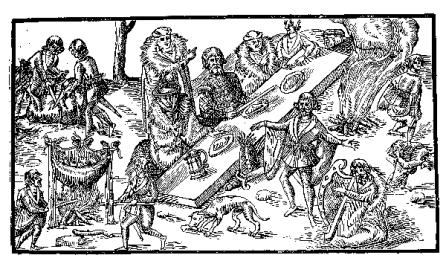Violin - A descendant of the fiddle or vielle (a Near Eastern instrument - favoured by minstrels and troubadours of the middle ages) and the rebec (and Arabian instrument). During the 1500's Viols developed - one form was held between the legs or on the knee, called a viole da gamba (leg viols); the other was held in the arms viole da braccio (arm viols). The violin is a modern version of a soprano or treble arm viol. The violin's earliest job was to play for dancers or in theatres, and was used as early as 1581 in the orchestra that played for the first ballet. The earliest violin makers were Italian, and many were originally trained as lute makers. Antonio Stradivarius (c1644-1737), the famous violin maker, studied under the grandson of the man who created the first modern violin.
|
|
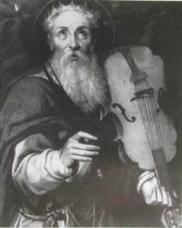
David, Bartolomeo Passerotti,
1529-1592, Italy |
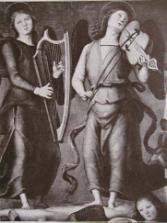
Fragment of Peitro Perugino, 1446-1524, |
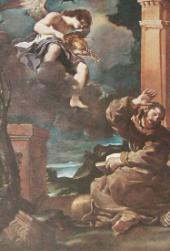
Extasy of St.Francisk, Giovanni Francesco Italy Barbieri detto il
Guercino, 1620, Italy |






